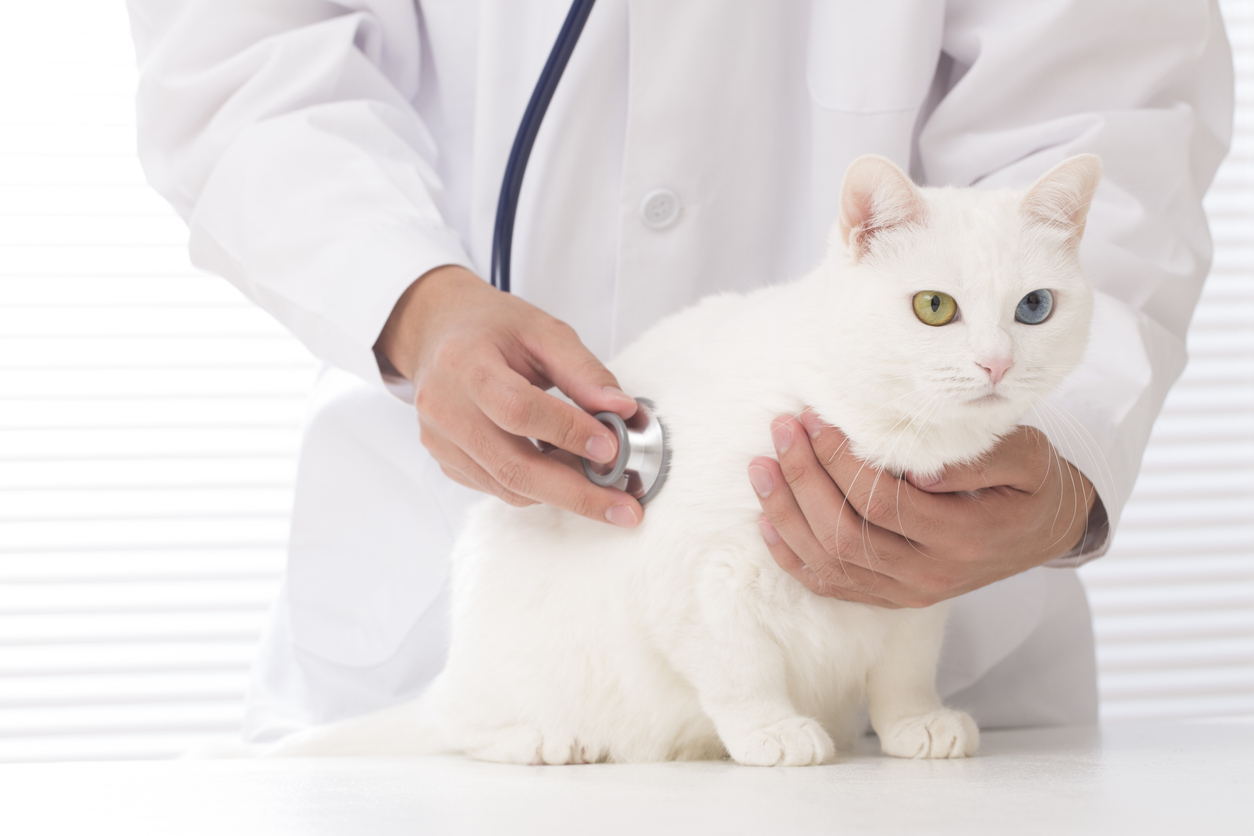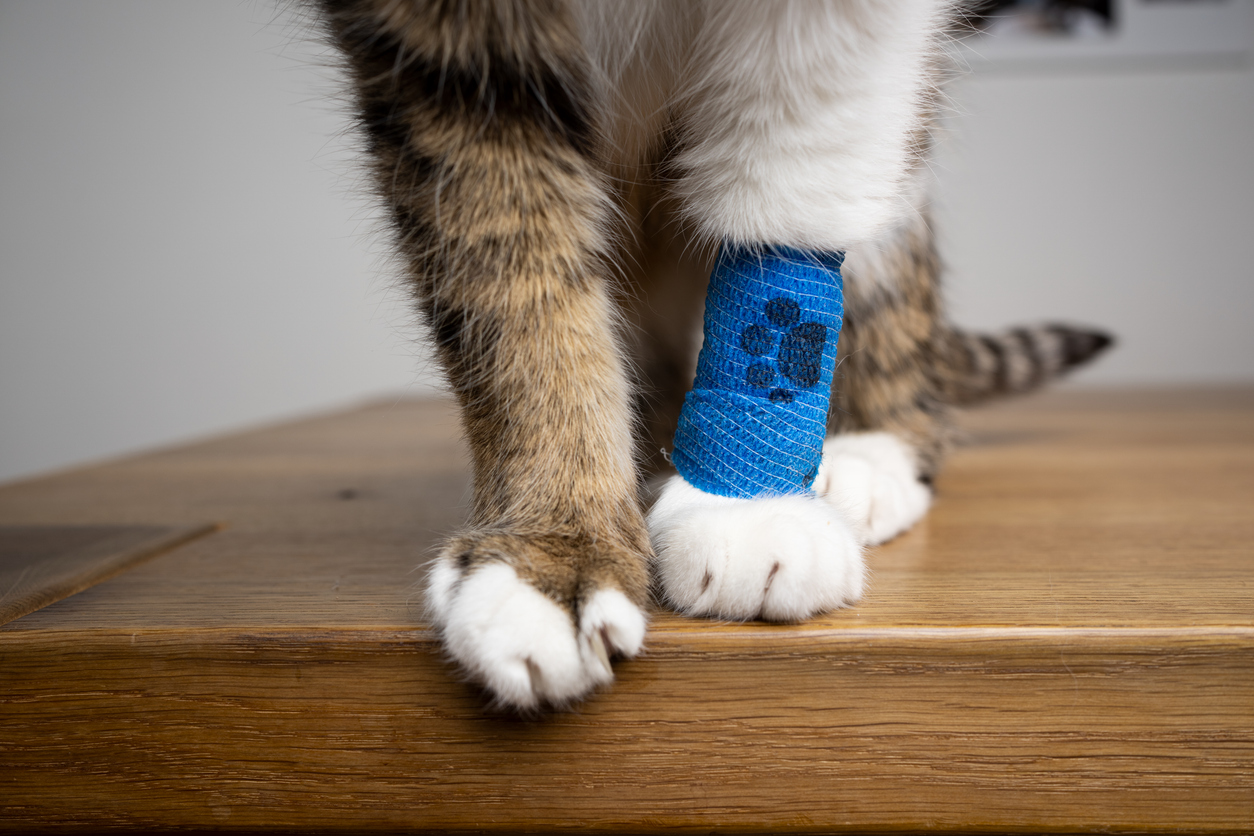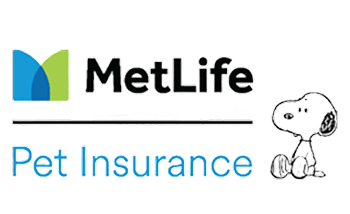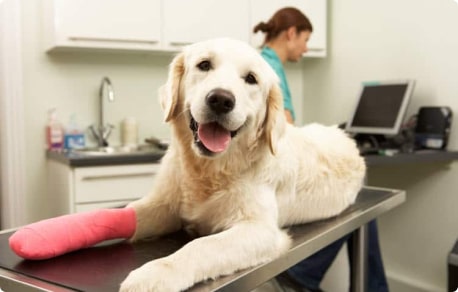Short Summarize
Pet insurance costs vary based on factors like the pet’s species, breed, age, medical history, location, and chosen policy. Monthly premiums can range from $10 to over $250, with most averaging between $30 and $50 per pet. While higher deductibles may lower monthly payments, they can lead to greater out-of-pocket expenses during claims. Selecting a plan with a moderate deductible, around $250 to $300, is advisable to balance costs. Some insurers cover a percentage of vet bills, typically reimbursing 80% to 90%, leaving the owner responsible for the remaining portion.
- Get Free quotes from the best pet insurers
- Protect your pets from harm and yourself from unexpected vet bills
- Claim exclusive discounts and offers from top providers

Pet owners often worry about the rising cost of insurance. Many owners believe it costs too much and or that it won’t have the proper coverage for their pets in an emergency. Unfortunately, having zero coverage could put you in a tricky financial situation. Having no coverage puts your pets at risk because if you can’t afford the basic medical costs, you may avoid routine checkups altogether. This could end up costing you even more and is not recommended for the health of your dog.
In the end, it makes sense to take the steps to protect your furry friend (and your budget) by signing up for pet insurance. So, how much does pet health insurance really cost, and what impacts the final price?
The True Cost of Pet Insurance
Pet insurance can cost as little as a few hundred dollars per year or a few thousand. Monthly premiums depend on the following:
- The Type of Pet you’re Insuring.
- Their Breed and Age.
- Their Medical Background.
- Your Location.
- The Provider and Policy You Choose.
Pet insurance is not cheap unless you opt for the very basic coverage and have a high deductible. In some cases, you can save money on costs, especially if you choose accident-only policies. For older pets, you may feel some services aren’t necessary. Again, it depends on the provider and your specific requirements. Expect to see premiums that range from as little as $10 a month or as expensive as to upwards of $250 a month; it depends on the animal and provider.
On average, most pet insurance providers have a monthly cost of $30 to $50 per pet. While it may seem tempting to choose a provider that has a low monthly payment, you may be stuck paying a lot more to reach the deductible. With a higher deductible, you would need to pay up to that amount before your pet insurance policy will cover any of the costs.
So to get the most out of your pet insurance, it’s best to choose a plan that has a lower monthly payment but also has a lower deductible. A good deductible would be around $250 to $300 because then you would not have to pay much for expensive surgeries.
Additionally, some pet insurance providers will pay a percentage of a vet visit. So instead of a specific deductible, an insurance company may pay up to 80% or 90% of the vet bills and you pay the other 20% or 10%. These types of deductibles maybe you’re the best option because you will always have some form of coverage.
Breed and Age of the Animal
Depending on the breed, some dog and cat breeds will fall into a higher-risk category that will require additional care (and higher costs). So, instead of paying $25 per month on basic pet insurance, premiums could jump to $50 per month. Also, you may find it difficult to get coverage depending on the pedigree of your dog. For instance, a pure-bred French Poodle (that’s ACS registered) may cost two or three times more to insure than a non-pure breed or crossbreed.
In terms of age, older cats and dogs are likely to see an increase in insurance costs. It’ll also depend on the provider, but since older pets tend to have more health concerns and will need to see the vet more often, premiums will increase.
Higher Costs for Premium Pets
While you might not own a triple-crown show horse, you will still need coverage for your beloved pet. Horses are expensive animals to keep that require a lot of veterinary care and those costs don’t come cheap. And, that goes for insurance, too. For example, premiums for a horse can cost $125 per month whereas coverage for a cat may only cost $25. There is a big difference in price, but the reality is that horses are premium pets that require additional coverage.
Even pet insurance for dogs tends to cost more than coverage for cats. Cats do tend to be the cheapest animals to insure because the likelihood of illness or injury for an indoor cat is much less than that of a dog or other premium animal. So while cats tend to live longer than dogs, they are much cheaper to insure.
Your Location Matters
Your location will also impact the cost of your pet insurance. This difference in cost is mostly because of the costs of vet bills in your area. For example, vet visits may cost more in California than they do in Ohio, so those who live in California may expect to pay higher monthly rates. Because vet bills are often more expensive, you may also reach your yearly limit on vet bills faster than you would in other places. Be careful when choosing certain areas for pet insurance and read up on any yearly limits before choosing a pet insurance provider.
Insurance Coverage
The baseline cost for pet insurance depends on the type of policy you have. For instance, accident-only plans will be considerably cheaper than full coverage, or accident and illness policies. In some cases, yearly costs may only reach $250. Unfortunately, depending on your specific requirements, you may find insurance premiums cost nearly $2,000 per year. Of course, the majority of the costs are determined by the type of policy you have and the type of animal.
Many pet insurance companies will have annual limits. Annual limits put a cap on the amount that you can take out for pet insurance. While most companies will let you choose what your annual limit is, the amount may almost increase your monthly premium. But with limits generally being anywhere from $5,000 and $100,000, there is most likely a plan that will suit every family’s needs.
No one wants to pay thousands of dollars a year for pet insurance, but having sufficient coverage is a necessity for the well-being of your pet. Costs vary depending on a variety of factors and you may pay only a few hundred dollars per year. There are ways to save money, even when you’re paying top dollar. It’s essential to shop around and compare pet insurance plans so you get a good value for your money.
What Do the Costs of Pet Insurance Cover?
So you are paying a monthly premium to get coverage for your pet. What does that monthly premium actually get you?
Most standard pet insurance policies will cover the costs of diagnostic tests, expensive veterinary procedures, medications, prescriptions, and most accidents and illnesses which can add up quickly. Having pet insurance will give you peace of mind knowing that you will not have to break the bank should any of your beloved pets need vet care.
Most pet insurance companies will cover the following items:
- Blood tests
- X-rays
- MRIs
- CT scans
- Lab work
- Outpatient care
- Specialty vet visits
- Emergency vet care
- Hospitalization
- Surgery
- Injections
- Prescription medications
- Broken bones
- Stomach issues
- Cancer
- Vomiting
- Diarrhea
- Skin rash
If your pet is not feeling well or gets into an accident, a basic pet insurance policy will have you covered. However, some pet insurance providers also offer “add-ons.” But what are add-ons?
While basic pet insurance will cover nearly all of the above items, you can opt to include more coverage for your pet. Commonly, add-ons will include preventative care and wellness packages. Things like wellness exams, heartworm tests, annual bloodwork, vaccines, and more will be covered by your pet insurance plan if you choose add-on services. However, these add-ons will also increase the costs to your monthly premium, so be prepared to pay more if you choose these options.
What is Not Covered by Pet Insurance?
Even though you are paying monthly premiums for your vet bills to be covered, not every type of vet service is included in the cost of pet insurance. Unfortunately, there are still some services and procedures that you will have to pay for out of pocket, such as:
- Pre-existing conditions. If your pet has any conditions that were identified by your vet before you purchased pet insurance, then those conditions will not be covered. This may include allergies, diabetes, cancer, and other illnesses. However, if you get insured before any of these issues occur, you will be covered.
- Dental care. While some pet insurance companies will offer dental as an add-on, others will not cover the expenses of dental care unless your pet’s teeth were injured during an accident.
- Neglect. If a pet parent is not providing a safe and healthy environment for their pet, the likelihood of getting pet insurance to cover accidents, illness, and injuries is much less.
- Preventable situations. Similar to neglect, if a pet owner is not taking care of their pet and taking them in for regular wellness checks, they are less likely to be covered by pet insurance.
- Non-accident or illness-related vet visits. Unless you opt to have wellness and preventative care covered, many wellness vet procedures will not be covered. Generally, spays, neuters, obedience training, microchips, grooming, and nail clipping will not be covered by pet insurance.
If you are unsure of what your pet insurance covers, it’s best to look at your policy or call customer service to find out exactly what will be covered by your pet insurance.
How Much Does a Vet Visit Cost?
According to Emergency Vets USA, the costs of certain vet bills can add up quickly. While surgeries and unexpected costs will be the most expensive, even routine vet procedures can be costly. Below we have taken the information from Emergency Vets USA and summarized the different costs of vet care.
Tests, Examinations, and Initial Vet Costs
While not all of these procedures will be covered, many of them will be if you decide to invest in pet insurance early on in your pet’s life. Remember, vet visits and procedures will only be covered if the conditions occurred while your pet was insured. Any pre-existing conditions are not covered.
- Spay/neuter: $160 to $220
- Vaccines per shot: $15 to $28
- Physical exams: $45 to $55
- Fecal exam: $25 to $45
- Heartworm test: $45 to $50
- Dental cleaning: $70 to $400
- Allergy testing: $195 to $300
- Geriatric screening: $85 to $110
- Routine checkups: $50 to $250
Surgeries and Unexpected Vet Costs
Most pet insurance policies will cover the costs of accidents, sudden illness, and injuries. When you view the costs below, keep in mind that when an accident or illness does occur, your pet will likely need a combination of the following procedures.
- Bloodwork: $80 to $200
- X-rays: $150 to $250
- Ultrasounds: $300 to $600
- Short hospitalizations: $600 to $1,700
- Long hospitalizations: $1,500 to $3,500
- Wound treatment: $800 to $2,500
- Emergency surgery: $1,500 to $5000
- Oxygen therapy: $500 to $3000
Final Thoughts
Even though pet insurance is not cheap, it can cover a variety of vet bills and procedures that could alternatively cost hundreds, if not thousands, of dollars. Depending on you and your pet’s needs, you may not need expensive coverage and all the add-ons. However, even basic coverage can give you peace of mind knowing that if the worst scenario happens and your pet is injured, you will be covered by pet insurance.

Pet Insurance 101: Selecting Coverage

How Pet Insurance Works?

How to Choose the Best Pet Insurance for Your Dog

How We Rate
FAQ
-
How to reduce the cost of pet insurance?Many pet owners want to find the most affordable pet insurance plan possible, while still getting the coverage they need. There are several ways in which you can cut down on the cost of your premium. One of the easiest ways is to choose the highest possible deductible when signing up for your plan, as this will reduce its overall cost. If you set the annual limit and reimbursement rates lower, the premium will also get cheaper. A lot of leading pet insurance providers may also offer discounts for multiple pets or loyal customers, and some even run programs where you can save money by looking after your pet better and taking it for regular check-ups.
-
What do I need to run a pet insurance quote?Getting a pet insurance quote from a leading provider like Hartville, Spot, or the ASPCA is very simple. The process can vary depending on which site you use and which provider you're working with, but usually, all you'll need to fill out the forms is the name of your pet, its species, breed, age, and perhaps size or weight as well. You'll also need to enter some contact information so that the quoted plans can be emailed over to you. After providing the necessary info, you should be greeted with a screen showing you your quoted premium, and you can usually make adjustments to things like deductibles, reimbursement rates, and annual limits in order to modify the details and cost of your plan.
-
Is Pet Insurance Worth It?When you realize that routine veterinary care can cost several hundred dollars and urgent treatment or surgery can cost thousands, it's clear to see that pet insurance can save you a lot of money in the long run. We all hope that our pets will stay happy and healthy for years to come, and it's easy to overlook the importance of pet insurance when your dog or cat is young and full of life. However, as animals get older, the risks of various health conditions, disorders, and diseases begin to rise, and many pets can be affected by all kinds of physical issues as they get older. Pet insurance can provide much-needed peace of mind to any pet owner, as well as potentially saving your pet's life someday.
-
Is Pet Insurance Tax-Deductible?There are some ways in which you might be able to claim tax deductions on your pet insurance or simply the general costs of owning your pet, but the circumstances for this can be quite specific, so you need to do your research and speak with experts to learn more. If you require a pet for medical reasons, for example, like a guide dog for a visually impaired person or a therapy dog, you might be able to make a claim. You might also be able to obtain a deduction if you use a guard dog at your business or you happen to be a professional animal breeder. In and of itself, insurance isn't usually deductible for most pet owners, but it's a possibility in some of these aforementioned special cases.
-
What are the Price Factors on pet insurance?
- Location – Your location will affect the price of your pet insurance, as pets living in densely populated cities are generally be seen to be at a higher risk of injury than those living out in rural locations.
- Pets age – The age of your pet can have a huge bearing on the cost of your pet insurance too, as older animals are more likely to develop health issues and therefore will be more expensive to cover.
- Pet's breed – The breed of your pet can also be a key factor in determining the total cost of your insurance. Certain breeds, especially big dogs, are more at risk of health issues and have shorter lifespans, leading to higher premiums.
- Selected deductible/reimbursement level – If you choose a higher deductible, meaning you'll be paying a larger amount each time you make a claim, you'll get a lower premium. Similarly, if you choose a lower reimbursement level, your premium will be cheaper, and vice versa.






